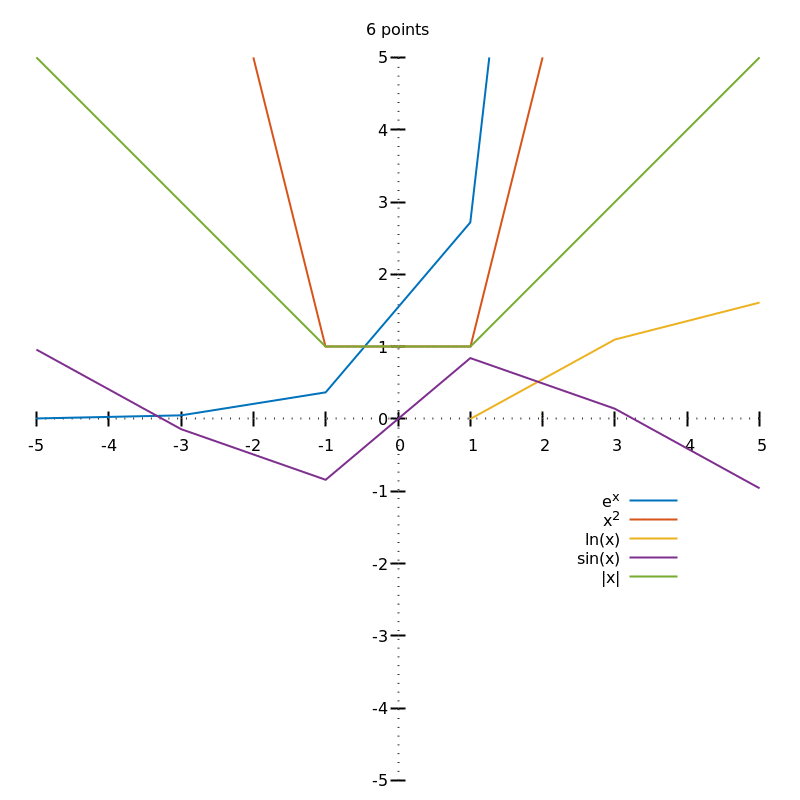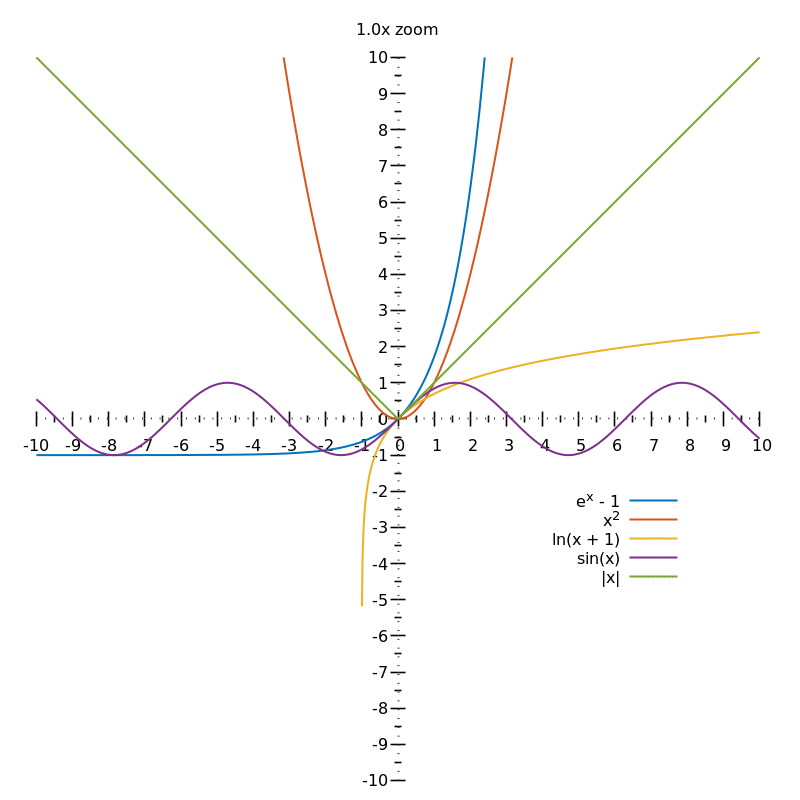I am studying exponential functions at the moment, and this table was presented in my textbook to show that for exponential functions with increasing 'bases' the gradient of the function increases.

Okay I get that they get steeper as the base 'b' becomes larger, I understand that for base b=1 that the gradient is 0 as essentially what you have is a horizontal line; but for the others I'm trying to understand how that the figure multiplying the function was worked out? i.e. the 0.7 in the $y=2^x$ row. Is it differentiation, or something else, or what? Also how is it that multiplying the function by a number x (in this case) gives you the gradient at a point x? Shouldn't you have to differentiate the function to be able to work out the gradient at a certain point? Why are these functions different? What is going on here?
Thank you for your help.


Best Answer
The notion of gradient involves calculus in an essential way. But we can make some progress without explicit use of the calculus.
Consider the function $f(x)=a^x$, where $a\gt 1$. We want to find out how fast $f(x)$ is increasing at $x$. We can view this as the slope of the tangent line to the curve $y=a^x$ at the point $(x,a^x)$. A sketch will show that $y=a^x$ is increasing very rapidly when $x$ is large.
One way of getting at the slope is to take a small positive number $h$, and calculate the slope of the line that goes through the two points $(x,a^x)$ and $(x+h,a^{x+h})$. For concreteness let $a=4$.
Our line therefore has slope $$\frac{4^{x+h}-4^x}{h}.$$ Note that this is equal to $$4^x \frac{4^h-1}{h}.$$ So the slope of the line is $4^x$ times a factor $\frac{4^h-1}{h}$ that does not depend on $x$.
The calculator can give useful information. Let $h$ be small, say $h=0.01$. Then $\frac{4^h-1}{h}\approx 1.39595$. So the gradient of $4^x$ is approximately $(4^x)(1.39595)$. For a more accurate estimate of the gradient, take for example $h=0.001$. Then $\frac{4^h-1}{h}\approx 1.387256$.
If we take even smaller values of $h$, our results can become somewhat unreliable, because of roundoff error. It turns out that the exact value of the gradient of $a^x$ is $(\ln a)a^x$.
For the level of accuracy ($2$ figures) in the table that you quote, and $a$'s of reasonable size, taking $h=0.01$ will give adequate estimates.